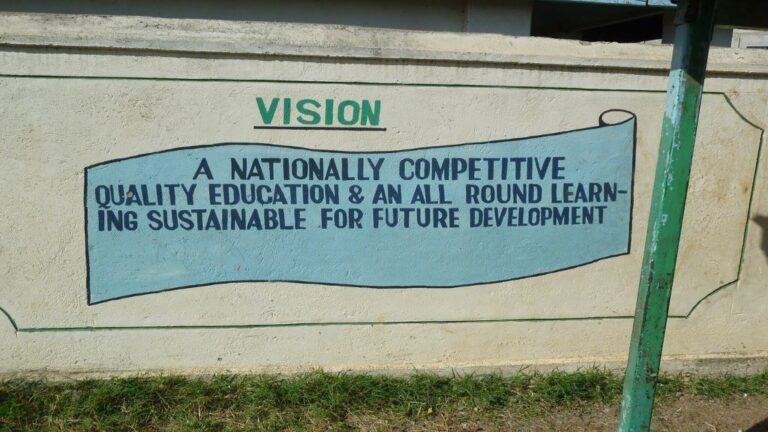COVID-19 undermines Kenya’s education as schools abruptly closed for nine months from March 2020. Highlighting the urgent need to develop Information and Communications Technology (ICT) infrastructure in education.
On March 15 2021, the advent of covid in Kenya, for most, learning came to a screeching halt following government directives. To combat the spread of the virus, educational institutions of all levels were closed indefinitely, suspending the learning of over 17 million students nationwide. Teaching institutions remained closed for nine months. In that period, privileged students, attendants of middle-class private schools, transitioned to digital learning whereas their public school counterparts did not, resulting in loss of learning that may never be recovered. Thus, covid restrictions further widened the education inequality rift within the country.
The Constitution of Kenya, 2010 states that every child has a right to free and compulsory basic education. Additionally, one article states that the state shall take measures which include affirmative action programmes to ensure that the youth access relevant education and training. These provisions are in line with the Free Primary Education that was implemented in 2003 that has enabled the country to make great strides in regards to primary education.
According to the World Bank this has led to the 75% enrollment rate in primary education which encompasses classes 1 to 8. Despite admission numbers having greatly increased, the policy has been met with quite a number of challenges such as low education quality, congestion, and shortage of teachers due to the ballooning numbers. The pandemic is a new challenge undermining the effectiveness of this policy and Kenya’s education at large.
Globally, the conventional response to the pandemic was transitioning to online schooling and work wherever possible. This transition was more seamless in the developed and emerging economies for obvious reasons. Unfortunately, the same adaptability story cannot be told for many developing countries like Kenya. In Kenya for instance only about 22% of the population use the internet according to World Bank, 2019. Such statistics explain why online based learning excluded learners to a greater extent.
Even the government efforts to digitalize education by broadcasting classes on national television and multiple radio stations did not suffice in ameliorating the situation. Millions still forwent learning altogether up until January 2021, when schools reopened again. This accentuated the education inequality as the privileged students carried on with learning in those 9 months of closures. For the unfortunate students, instances of early pregnancies (due to idleness), early marriages, nutritional deficiencies as school was not only for education but also a source of food for the impoverished were reported.
Florence Mugambi, a teacher at State House Girls’ High School, Nairobi, told FUF magazine, that in their case, for instance, they could not transition online due to the existing inequality within the students. Despite being a national level school, students from humble backgrounds could not access ICT facilities. For this reason, the school remained totally closed as online-based learning was an out of touch solution. Leading to the loss of learning in the period of 9 months.
– Even as schools have reopened, catching up has been a great challenge since the education ministry is keen on keeping to the schooling calendar as much as possible, she recounts.
They have now implemented a crush program of sorts where a full school term is now 10 weeks, including breaks, as opposed to the usual 14 weeks and school holidays, reduced from one month to just one week. This has adverse effects on the mental and physical well-being of both the learners and teachers and especially in public schools. Parents are also economically pressured as they will now pay tuition more frequently. Bear in mind the negative economic effects of covid and that their incomes remain constant. As for the private school attendants that transitioned to online based learning, the pressure is a lot less since they have covered much of the syllabus.
As of November 7th, the Standard newspaper reported an unfortunate and retrogressive trend where 31 public schools nationwide were burnt to ashes by students. Florence Mugambi also mentions this trend and adds that students are pressured.
There’s still a lot to learn and cover ahead of the national exams at the beginning of March 2022. In an effort to ease the pressure, the education ministry was forced to incorporate an unintended 3-day mid-term break starting on the 19th of November. Even then, Florence Mugambi maintains that this may not be enough and that the public school attendants remain at a disadvantage in terms of national exams preparation.
Sida considers education as a basic human need. Therefore, even though closure of schools in Kenya was circumstantial, the development of ICT infrastructure could have reduced the ensuing education inequality. This pandemic has definitely intensified the importance of ICT in development.
This text was written by Lund Magazine Group. The group is independent from FUF:s Utvecklingsmagasinet.


